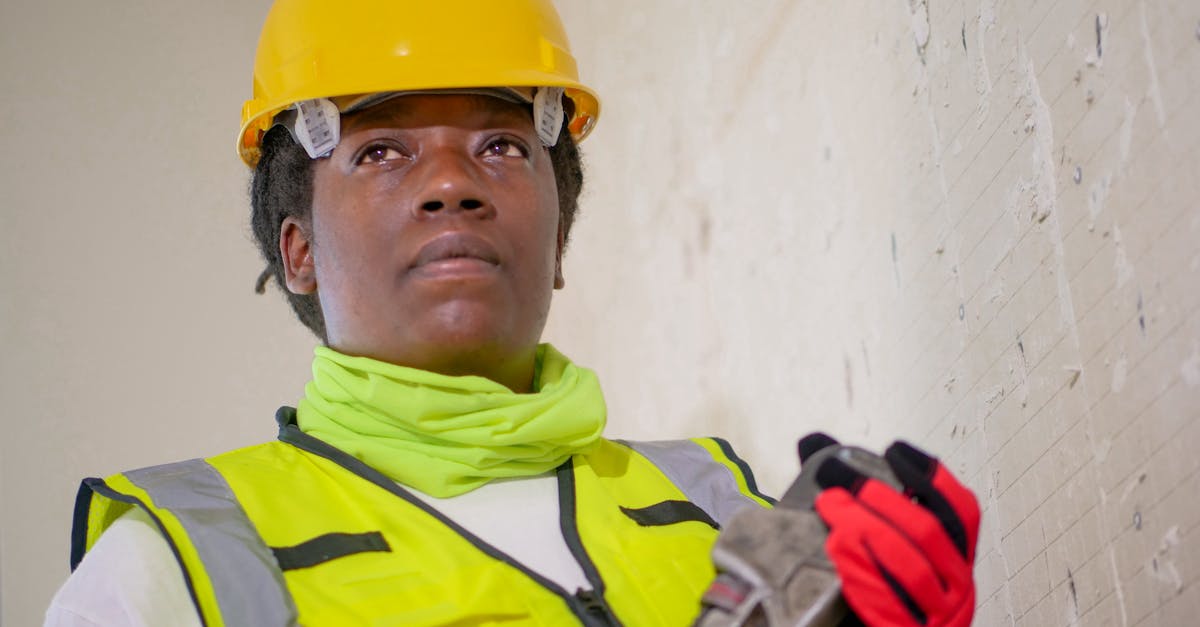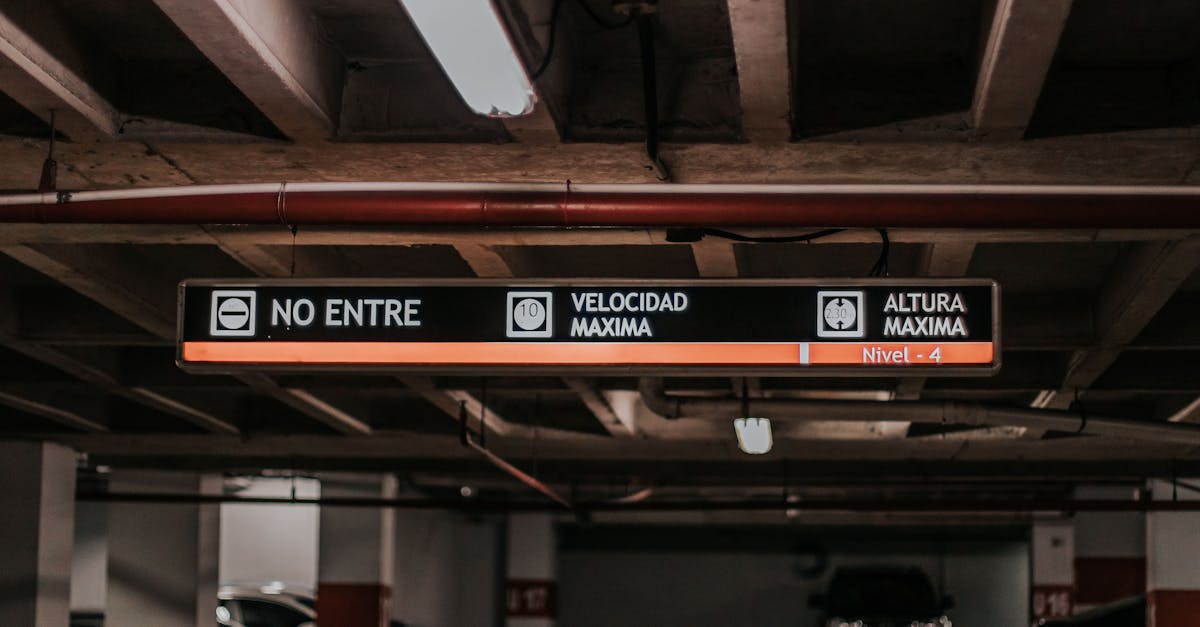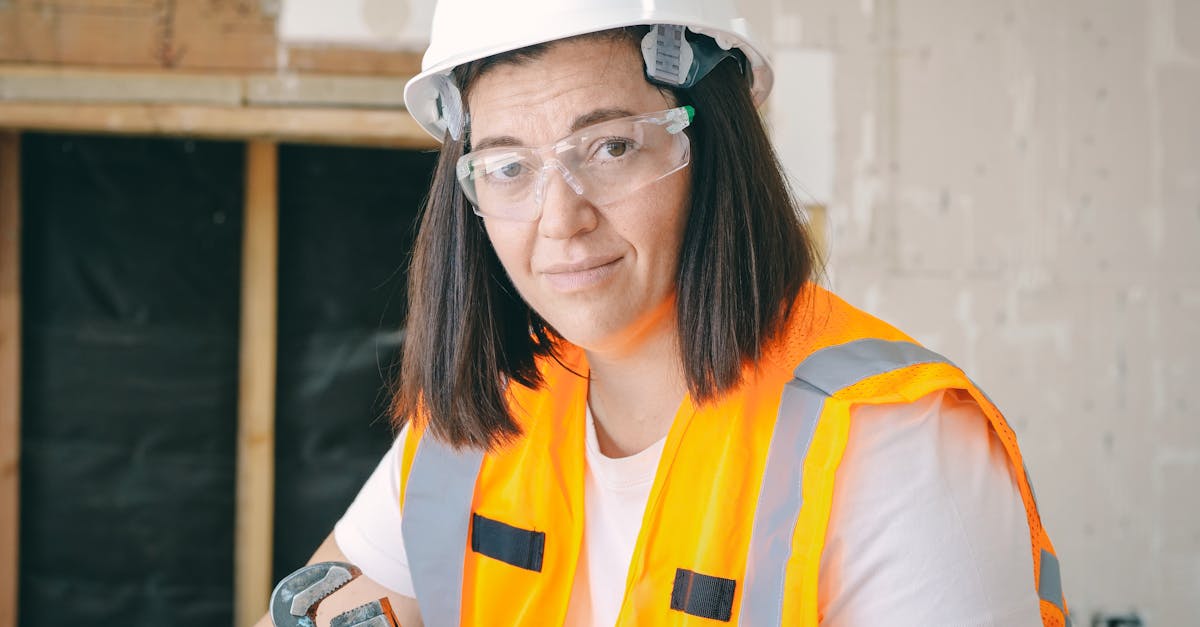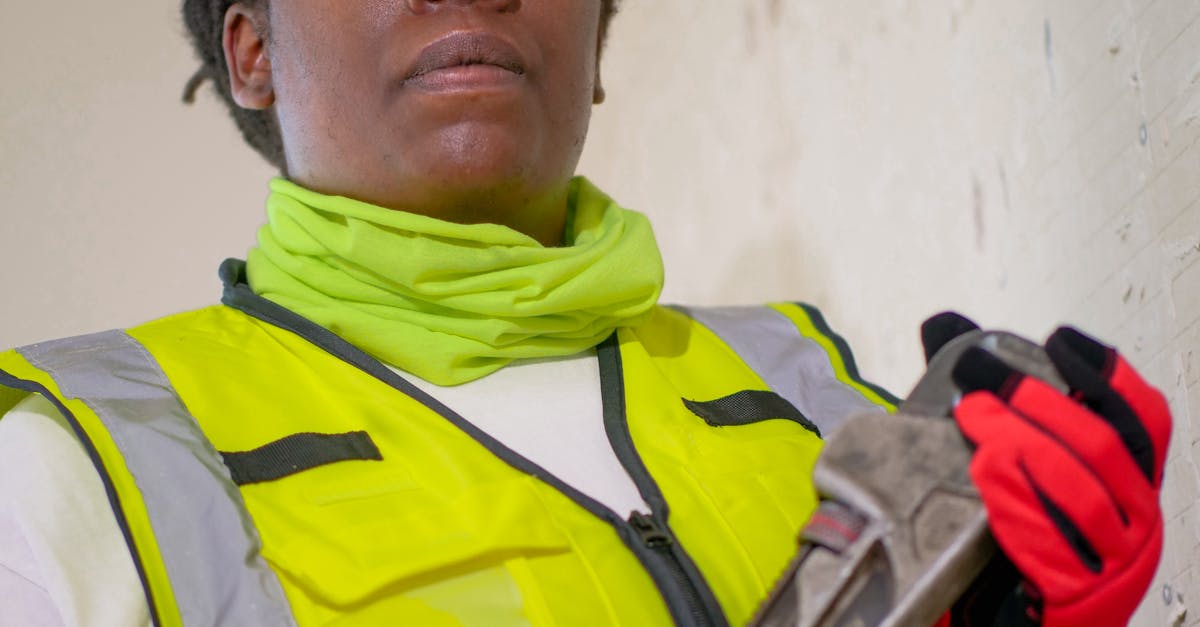
Table Of Contents
Safety Considerations During Installation
When undertaking any plumbing work, safety should be a paramount concern. Proper protective equipment, including gloves and safety goggles, can shield against potential injuries. Tools should be in good condition to avoid accidents during sink installation and repair. It is also essential to turn off the water supply before starting the installation process to prevent unexpected leaks or flooding.
Working in a confined space can lead to additional hazards. Adequate ventilation is necessary, especially when using sealants or adhesives that release fumes. Additionally, ensure that surfaces around the sink area are free from obstacles to prevent slips or trips during installation. Emergency procedures should be in place, and having a first aid kit nearby is advisable to address any accidents promptly.
Preventing Water Damage and Hazards
Preventing water damage during sink installation and repair is crucial to maintaining a safe and functional home environment. It is essential to ensure that all connections are secure and watertight. Leaking pipes or improperly sealed fixtures can lead to significant structural damage, mould growth, and other hazards. Taking the time to accurately measure and install components will help mitigate the risks of water damage.
Proper ventilation in the work area can also play a significant role in preventing potential hazards. Ensuring that your workspace is free from clutter allows for better movement and reduces the risk of accidents. Familiarising yourself with shut-off valves and drainage systems before beginning sink installation and repair can also provide an extra layer of safety, making it easier to manage any unforeseen issues that may arise during the process.
Choosing the Right Sink for Your Space
Choosing the right sink for your space involves careful consideration of both size and style. Measure the area you intend to install the sink; this ensures that the dimensions are appropriate for your kitchen or bathroom. Take into account the depth and width of the sink, as larger options might not fit well in compact spaces. Think about your daily tasks and the sink's functionality. If you frequently prepare large meals, a deeper basin may be more practical.
Style plays a significant role in blending the sink with the overall aesthetic of your space. Whether you prefer a modern undermount, a classic farmhouse, or a sleek vessel sink, each option can dramatically affect the room's look. Consider materials as well; stainless steel, ceramic, and composite options have different maintenance needs. Make an informed choice, as proper sink installation and repair are essential for a seamless integration into your home.
Size, Style, and Functional Considerations
When selecting a sink, size considerations play a crucial role in determining how well it fits into your existing layout. Measure the available space carefully to ensure that the sink doesn’t overwhelm the room or impede movement around it. A sink that is too large can make a small kitchen or bathroom feel cramped, while a sink that is too small may not meet your functional needs. The depth of the sink is also important; deeper sinks can accommodate larger pots and pans, which is especially useful in a busy kitchen.
Style is equally important when choosing a sink. It should complement the overall aesthetic of the room, whether aiming for a modern look or something more traditional. There are various materials available, such as stainless steel, porcelain, or composite, each offering unique benefits and visual appeal. Functional considerations should not be overlooked either; consider features like double basins for multitasking during sink installation and repair. This ensures that your new sink not only fits the space aesthetically but also serves your daily operational needs effectively.
The Role of Local Plumbing Regulations
Local plumbing regulations play a crucial role in sink installation and repair. These rules ensure that all work meets minimum safety and health standards. Adhering to local codes helps prevent water damage, leaks, and property issues in the future. Homeowners should always check their local regulations before starting installation. Not only does this protect the integrity of the plumbing system, it also fosters a safer environment for everyone involved.
Understanding permits and compliance can be daunting but is essential for anyone considering sink installation and repair. Many regions require permits for significant plumbing adjustments, including new sink installations or alterations to existing systems. Failure to obtain the necessary permits can lead to fines or the need for costly rework. Engaging with local councils or plumbing authorities can provide valuable insights and guidance throughout the installation process.
Understanding Permits and Compliance
Local plumbing regulations play a key role in any sink installation and repair project. These guidelines are established to ensure safety, efficiency, and environmental protection. It is essential to understand the specific codes that apply in your area, as they dictate the methods and materials that can be used during installation. Adhering to these regulations helps avoid potential fines and ensures the longevity and functionality of your plumbing work.
In many cases, a permit may be required for sink installation and repair. This requirement can vary depending on the scope of the project and local law. Obtaining the necessary permits not only validates your compliance with regulations but also assures that the work has been inspected and approved by an appropriate authority. This provides peace of mind knowing that the installation has met the required safety and quality standards.
FAQS
Do I need a plumber to fit a new sink?
While it is possible to fit a sink yourself if you have some DIY experience, hiring a plumber is recommended to ensure the installation is done correctly and safely.
What safety considerations should I keep in mind during a sink installation?
It's essential to turn off the water supply, use proper tools, and ensure your working area is dry to prevent slips and electrical hazards.
How do I choose the right sink for my space?
Consider factors such as size, style, and functionality. Measure your countertop space and think about how you plan to use the sink to find the best fit for your needs.
Are there local plumbing regulations I need to be aware of when installing a sink?
Yes, most areas have plumbing regulations that dictate how installations should be carried out. It's important to check with your local council or plumbing authority for specific requirements.
Will I need a permit to install a sink?
Depending on your location and the complexity of the installation, you may need a permit. It's best to consult with a licensed plumber or your local council to determine if a permit is necessary.





























